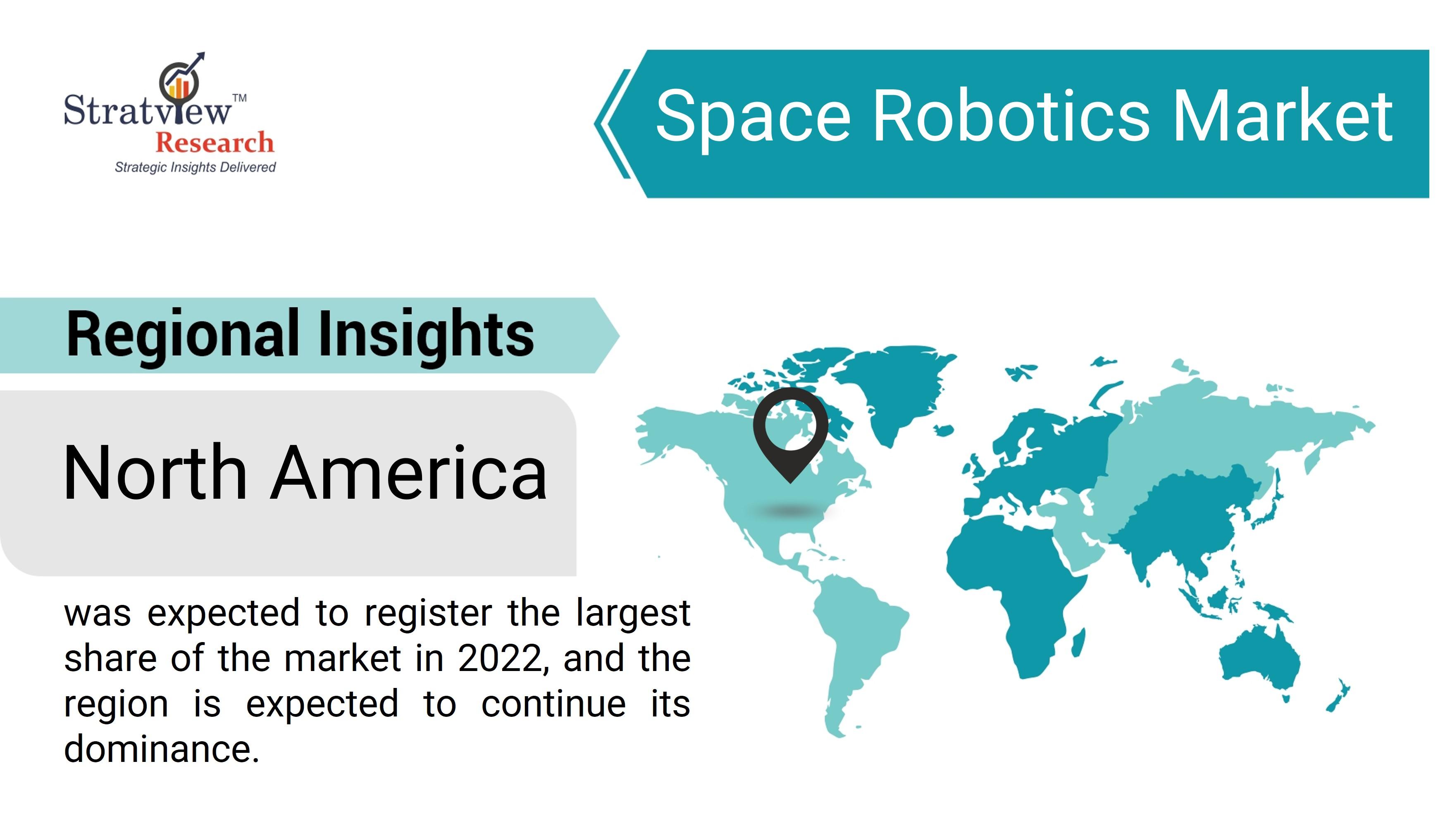Space robotics is at the forefront of a new era of exploration, revolutionizing our approach to understanding and navigating the cosmos. From assisting astronauts on space missions to conducting complex operations on distant planets, space robots are critical to advancing our knowledge and capabilities in space. This article delves into how space robotics is pioneering the next frontier of exploration.
According to Stratview Research, the space robotics market was estimated at USD 4.43 billion in 2022 and is likely to grow at a CAGR of 6.77% during 2023-2028 to reach USD 6.62 billion in 2028.
The Role of Space Robotics
Space robots serve various functions, including satellite maintenance, planetary exploration, and space station operations. These robots are designed to operate in extreme environments, withstanding radiation, temperature fluctuations, and the vacuum of space. Their ability to perform tasks that are too dangerous or impossible for humans makes them invaluable assets in space missions.
Advancements in Space Robotics
Recent advancements in technology have significantly enhanced the capabilities of space robots. Innovations in artificial intelligence (AI) and machine learning enable these robots to process vast amounts of data, make real-time decisions, and adapt to changing conditions autonomously. Enhanced mobility systems allow robots to traverse challenging terrains, such as the rocky surfaces of Mars or the icy moons of Jupiter. Additionally, improvements in materials science have led to the development of more durable and lightweight robotic systems.
Key Applications
One of the most notable applications of space robotics is in planetary exploration. Rovers like NASA’s Perseverance and Curiosity have provided invaluable insights into the Martian environment, searching for signs of past life and studying the planet’s geology. These missions pave the way for future human exploration by identifying potential hazards and resources.
In orbit, robotic arms and drones play a crucial role in maintaining and repairing satellites and space stations. The Canadarm2 on the International Space Station (ISS) is a prime example, performing tasks such as docking spacecraft, capturing satellites, and assisting astronauts during spacewalks. These robotic systems extend the lifespan of satellites and reduce the need for costly and risky human interventions.
Future Prospects
The future of space robotics holds exciting possibilities. One of the most ambitious projects is the planned robotic exploration of the Moon and Mars, which aims to establish sustainable human presence on these celestial bodies. Robots will be instrumental in constructing habitats, extracting resources, and performing scientific experiments in preparation for human settlers.
Moreover, space robotics will play a vital role in asteroid mining, a venture that could revolutionize the global economy by providing access to precious metals and minerals. Autonomous robots will be tasked with identifying, extracting, and transporting resources from asteroids to Earth or space-based processing facilities.
Conclusion
Space robotics is undoubtedly pioneering the next frontier of exploration, enabling humanity to venture further into the cosmos than ever before. As technology continues to evolve, these robotic explorers will become even more sophisticated, capable, and essential to our quest for knowledge and survival beyond Earth. The advancements and applications of space robotics not only enhance our understanding of the universe but also hold the potential to transform life on our home planet.


